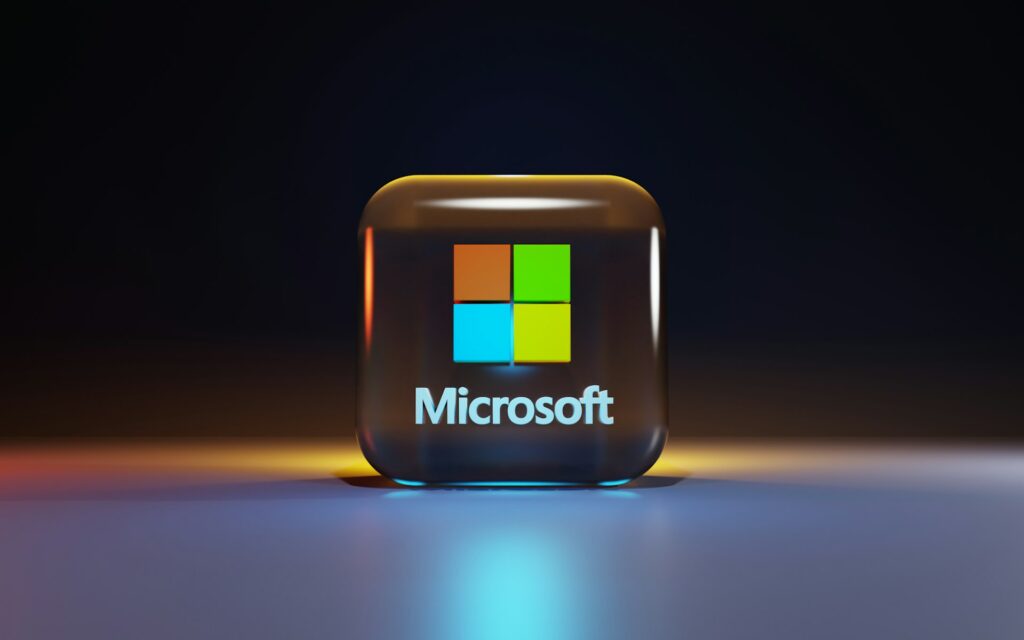Turning on or Off Windows Power Throttling

Turning on or Off Windows Power Throttling
The intelligent power management function in Windows throttles power to prolong battery life and preserve system performance. When enabled, the system detects background apps and minimizes their CPU resources. This selective allocation of resources saves battery power without affecting computation.
What is Windows power throttling?
electricity throttling conserves electricity by targeting background processes. Power throttling might minimize background process resources while you work on a page in a web browser. These strategies regulate how much Windows emphasizes power savings above performance.
Shortcuts to navigate Settings
Power throttling is easiest to activate or disable in Windows power planning. Windows Settings makes power limiting easy to manage.
Quickly access these settings:
Windows + I opens Settings.
Choose “System” from the main settings.
Click “Power & battery” on the left sidebar.
Select “Power mode” or “Battery saver settings” to see more possibilities.
Choose your electricity plan from the selection.
The easy power throttling interface lets you move between battery-saving and high-performance settings easily.
Battery vs. performance
When limiting power, battery saving and system performance are key tradeoffs. Power throttling extends battery life by 10-15% because background programs use less energy. This perk is especially useful during extended work periods or trips without power outlets.
However, increased battery efficiency may affect performance. Throttling may delay critical background applications. File synchronization tools and background data processing may take longer.
Modifying the registry
Registry updates provide fine-grained control but need attention. This helps specialist workstations with applications that need steady background processing.
Backup your Registry or set up a system restore point before making changes. Multiple power throttling levels may be modified in “HKEY_LOCAL_MACHINE\SYSTEM\CurrentControlSet\Control\Power” in the Registry.
Directly limiting key changes
Control Windows power management at the registry to optimize performance. These easy registry tweaks circumvent default throttling, possibly improving responsiveness on computers where speed is more important than battery life.
Directly adjust power throttling settings in Registry:
Run dialog opens with Windows + R.
Type “regedit” and press Enter to open Registry Editor.
Go to “HKEY_LOCAL_MACHINE\SYSTEM\CurrentControlSet\Control\Power.”
Find the “PowerThrottlingOff” DWORD (or create it).
Set to “1” to deactivate system-wide power throttling or “0” to allow it.
Additional Registry keys govern power throttling behavior. Settings for throttling strength, program exclusions, and processor behavior during throttled states.
Exclusion methods for processes
Windows allows apps to be excluded from power limiting without deactivating it. This preserves battery life for most processes while giving vital apps full CPU resources even in the background.
You must establish Registry entries that identify apps by their executable names to exclude them. Windows utilizes these exclusion lists to avoid power throttling for some programs.





